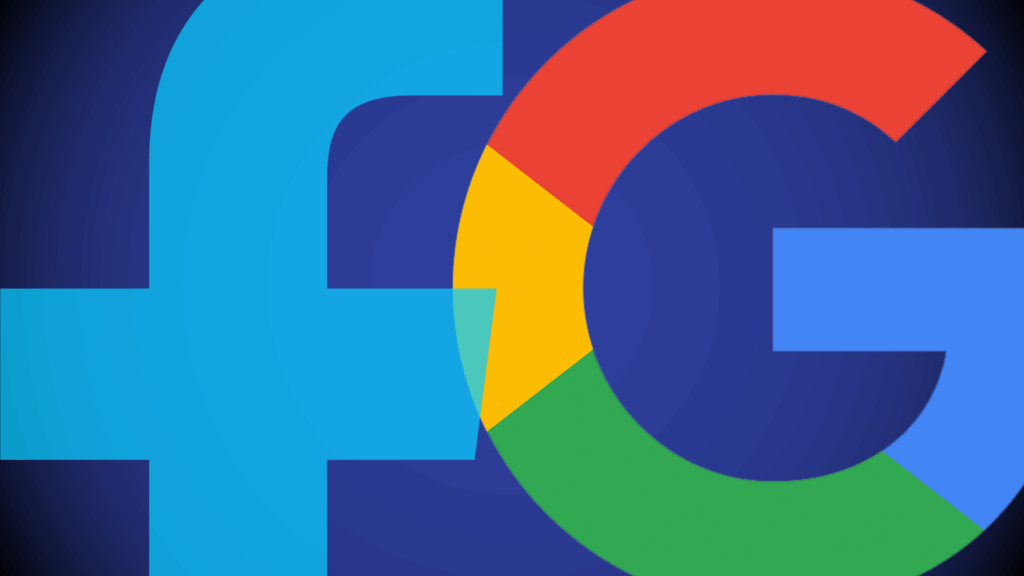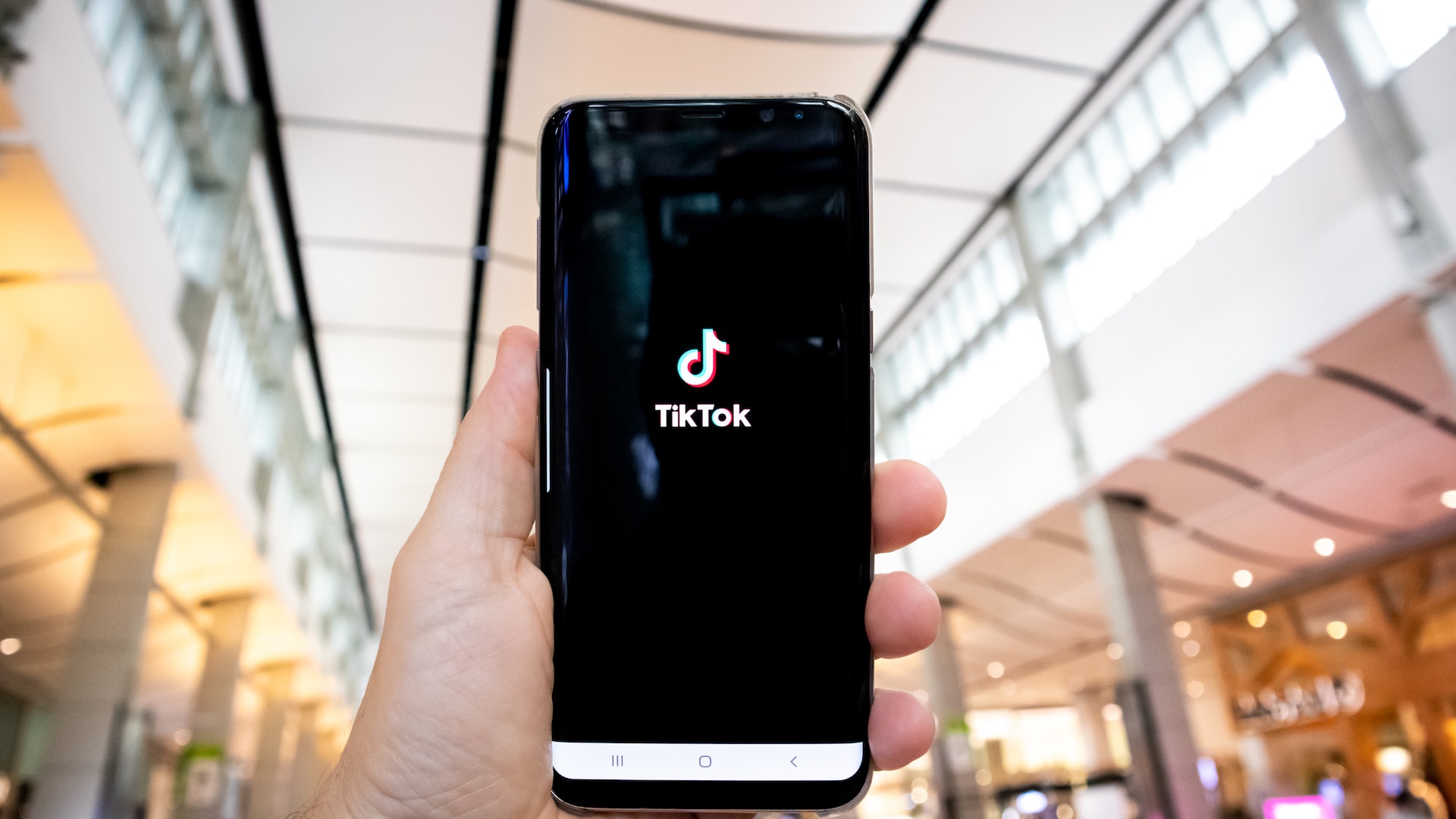
Emerging technologies are changing not just how travel brands do business but also when they do it. After years of intense focus on the moment of conversion, travel companies are beginning to reach travelers much earlier in the search and discovery process. Connecting with travelers in a meaningful way before they’re in the buying funnel, guiding them in seamlessly and creating a highly personalized booking experience has major benefits for travel brands
By making an impact earlier in the inspiration phase, travel brands are better able to achieve true personalization further down the purchase path, which improves results and makes for happier travelers. According to a joint 2017 study from Phocuswright and Google, nearly 60 percent of travelers believe brands should personalize their communications based on personal preferences or past behaviors, and when it comes to millennials, they absolutely expect it. However, when companies rate themselves on personalization, just 12 percent give themselves five stars and 75 percent give themselves three or fewer, according to Skift’s 2017 Digital Transformation Report. There’s a lot of room for improvement.
What’s different about today’s emerging tech is that solutions offered by Google and Facebook not only improve business for the brands but also give travelers more of what they want when they want it. In a rare moment, everyone is gaining on the investment.
Facebook’s Trip Consideration audience
Unveiled in March this year, Trip Consideration offers new marketing opportunities for travel brands, allowing them to “optimize ad delivery to people who have shown general travel intent but have not yet expressed intent for a specific destination.”
Based on a user’s Facebook, Instagram or Audience Network behavior, Facebook determines a desire to travel and delivers those users to brands. With access to an audience that is very early in the inspiration phase, brands can drive them into the purchase funnel and follow up with dynamic marketing (e.g., videos or interactive content) to generate future conversions.



